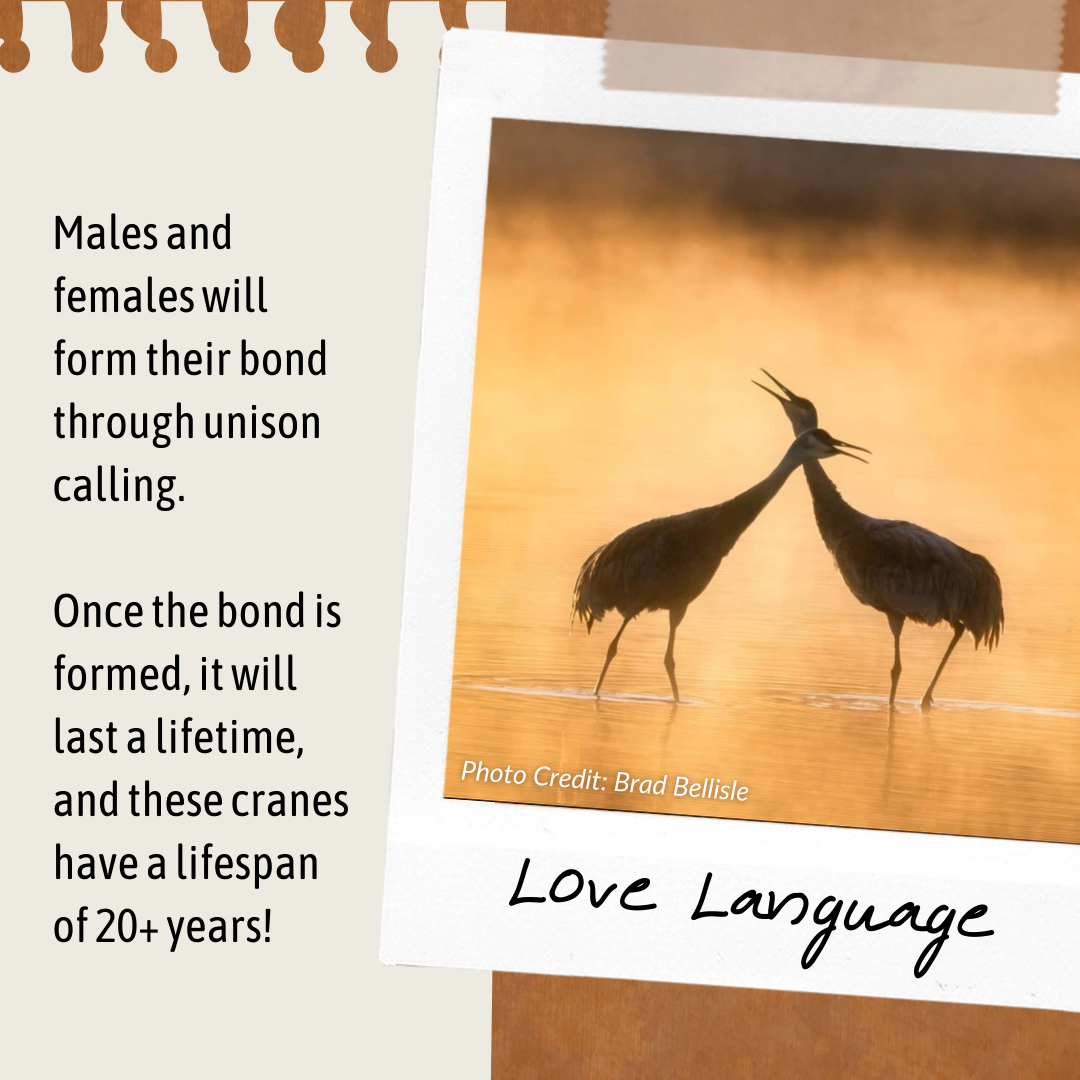December 20, 2021
Earlier this fall, Republican legislators introduced a slate of bills intended to expand privileges for sport hunters. Many of these bills require the DNR to loosen their regulations on hunting, fishing, and trapping privileges. Others require the DNR to farm-raise desirable sport species of fish and fowl for the purpose of stocking lands and waters. You can read more here.
Senate Bill 620 would authorize the hunting of sandhill cranes in Wisconsin for those who obtain training and a permit.
 Here are several reasons to oppose this potentially devasting proposal:
Here are several reasons to oppose this potentially devasting proposal: • Wisconsin, with its abundant wetlands, kettles, and marshes, serves as the cradle for the Eastern Sandhill Crane for the entire portion of the eastern United States.
• There isn’t anything sporting or recreational about killing cranes. We don’t hunt songbirds, raptors, or egrets, nor should we hunt cranes.
• If hunting is allowed, the accidental killing of endangered whooping cranes due to misidentification by hunters is inevitable. The Whooping crane population simply cannot withstand that loss. Too much effort and expense has been put into re-establishing whooping Cranes in Wisconsin to allow them to go extinct because of recreational hunting of Sandhill Cranes in our state.
• History has shown us that it will take another 100 years for Sandhill Cranes to re-establish viable populations in the eastern U.S.
• Cranes are miscast as game birds. Sandhill Cranes are biologically different from typical game birds. Cranes will only have one or two eggs, and only one chick will generally survive to adulthood from five nesting pairs (International Crane Foundation, ICF). Simply stated, it takes 10 cranes to raise one.
• Natural predators are hard enough on this fragile population. Nest destruction and colt predation is high (likely due to raccoons, skunks, coyotes, possums) and usually cranes are not successful parents until several failed nesting attempts. Nesting attempts usually start at about 3-4 years of age and become successful at about 6-8 years of age when they learn how to avoid predators and become better parents.
• North America is the only place in the world where cranes are legally hunted. The rest of the civilized world thinks of them as sacred.
• Millions of dollars are invested each year in crane-related tourism and associated businesses across the United States, and this is a growing industry in Wisconsin.
• Ecotourism and the growth of “Crane Festivals” and crane viewing events are celebrations of the recovery of this bird and further showcase the greater value cranes have in the larger community.
Write to your legislators and the Governor and ask them to oppose the bill. Click here to write to your legislator.